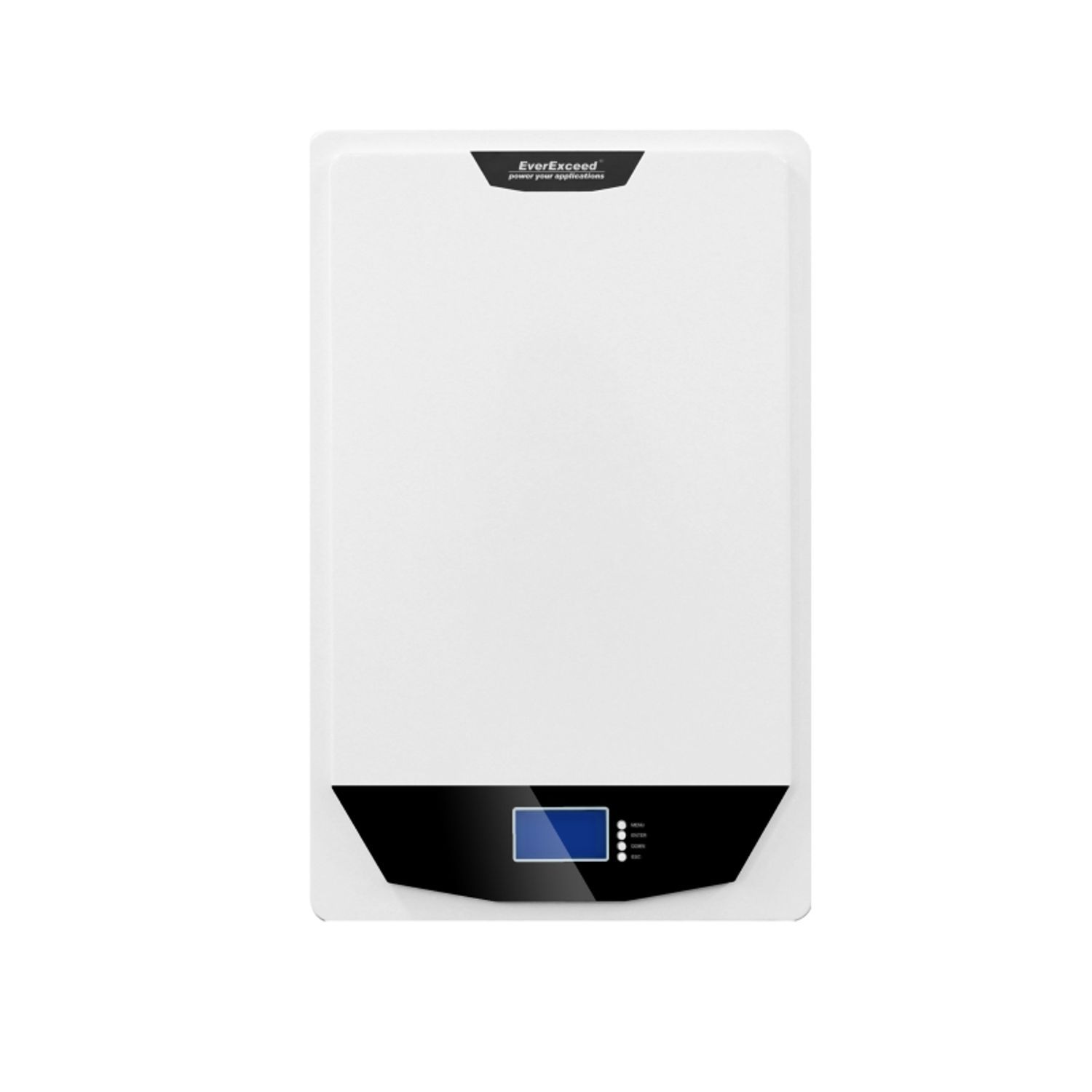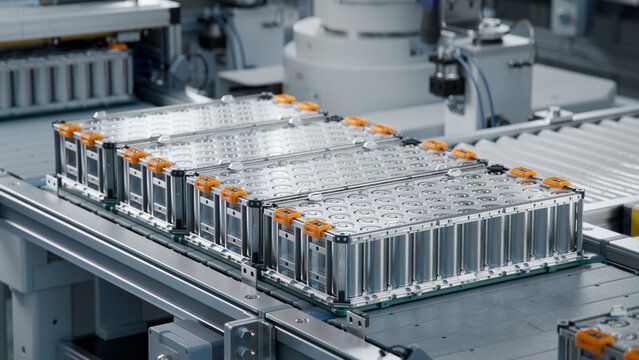
Get a Quote
What is the UN Class for Lithium Batteries?
Lithium batteries have become indispensable in powering modern technology, from everyday gadgets to large-scale energy storage systems. However, their widespread use brings with it significant safety concerns, especially during transportation and handling. The United Nations (UN) has addressed these concerns through a specific classification system, categorizing lithium batteries under Class 9 materials. In this article, we'll explore what the UN class for lithium batteries entails, particularly in the context of energy storage lithium batteries, and why this classification is crucial for both industry professionals and consumers.
Understanding Class 9 Materials
The UN classification system for hazardous materials is designed to ensure the safe transport and handling of potentially dangerous goods. This system is divided into nine classes, each representing a specific type of hazard. Class 9 materials are a category that includes miscellaneous dangerous substances and articles that pose various risks during transport but don't fit neatly into other hazard classes. Lithium batteries, including those used in energy storage systems, fall under this category.
What Makes Lithium Batteries Class 9 Materials?
Lithium batteries are classified as Class 9 materials due to their potential hazards, such as the risk of fire, explosion, or thermal runaway. This is particularly important for energy storage lithium batteries, which are larger and more powerful than those used in consumer electronics. The classification highlights the need for special precautions during transportation, storage, and handling.
The Importance of Classifying Energy Storage Lithium Batteries
As the demand for renewable energy grows, so does the need for efficient energy storage solutions. Energy storage lithium batteries play a crucial role in this transition by providing reliable power storage for solar and wind energy systems. However, their classification as Class 9 materials brings with it a set of regulations and safety measures that must be followed to ensure safe use and transport.
Regulatory Requirements for Transport
Transporting lithium batteries, especially energy storage lithium batteries, requires adherence to strict regulations. These regulations are set by international bodies like the International Air Transport Association (IATA) and the International Maritime Organization (IMO). Compliance with these regulations ensures that the batteries are safely packaged, labeled, and documented to minimize the risk of accidents during transit.
Packaging and Labeling
Lithium batteries classified as Class 9 materials must be packaged in a way that prevents short circuits and protects them from physical damage during transportation. This often involves using specialized packaging materials and methods. Additionally, the packages must be labeled with the appropriate hazard labels, indicating that they contain dangerous goods.
Documentation and Compliance
Proper documentation is also a critical aspect of transporting energy storage lithium batteries. Shippers must provide detailed documentation that outlines the contents of the shipment, the classification of the batteries, and the safety precautions taken. This documentation ensures that all parties involved in the transport are aware of the risks and can take appropriate measures to handle the batteries safely.
The Impact of Class 9 Classification on the Energy Storage Industry
The classification of lithium batteries as Class 9 materials has significant implications for the energy storage industry. Companies involved in the production, transportation, and installation of energy storage systems must be well-versed in the regulations and safety measures associated with this classification. Failure to comply can lead to legal penalties, financial losses, and even catastrophic accidents.
Ensuring Safety in Energy Storage Systems
Safety is paramount when dealing with energy storage lithium batteries. These batteries are often used in large-scale systems that store substantial amounts of energy, making the potential consequences of a failure particularly severe. The Class 9 materials classification ensures that these batteries are handled with the care and attention they require.
Preventing Thermal Runaway
One of the primary risks associated with energy storage lithium batteries is thermal runaway, a condition where the battery overheats and can potentially catch fire or explode. The Class 9 classification requires that these batteries are transported and stored in a way that minimizes the risk of thermal runaway, such as maintaining appropriate temperature controls and avoiding physical damage.
Monitoring and Maintenance
Proper monitoring and maintenance are also crucial for ensuring the safety of energy storage lithium batteries. This includes regular inspections for signs of wear or damage, as well as the implementation of safety systems that can detect and respond to potential hazards. By adhering to the regulations associated with Class 9 materials, companies can help prevent accidents and ensure the longevity and reliability of their energy storage systems.
Consumer Awareness and the Role of Class 9 Materials
While the Class 9 materials classification is primarily aimed at businesses and regulators, it also has implications for consumers. As more homes and businesses adopt energy storage solutions, it’s essential for consumers to understand the potential risks associated with energy storage lithium batteries and how to handle them safely.
Educating Consumers on Safe Practices
Consumers should be aware of the best practices for handling and disposing of energy storage lithium batteries. This includes following manufacturer guidelines for installation and maintenance, as well as understanding the risks of improper handling.
Safe Disposal of Lithium Batteries
Disposing of energy storage lithium batteries improperly can pose significant environmental and safety risks. Consumers should ensure that these batteries are disposed of at designated recycling centers that can handle hazardous materials. Proper disposal not only helps prevent accidents but also contributes to environmental sustainability.
Handling and Installation
When installing energy storage lithium batteries, consumers should follow all safety guidelines provided by the manufacturer. This may include using specific tools, wearing protective gear, and ensuring that the batteries are installed in a location that meets all safety requirements. By doing so, consumers can reduce the risk of accidents and ensure the safe operation of their energy storage systems.
The Future of Class 9 Materials and Energy Storage
As the energy storage industry continues to evolve, so too will the regulations and classifications surrounding Class 9 materials. New technologies and innovations in battery design may lead to changes in how these batteries are classified and handled.
Emerging Technologies in Energy Storage
Advances in battery technology, such as the development of solid-state batteries, may offer safer alternatives to traditional lithium-ion batteries. These new technologies could potentially reduce the risks associated with Class 9 materials and lead to updates in international regulations.
The Role of Regulatory Bodies
Regulatory bodies will continue to play a crucial role in ensuring the safe transport and handling of energy storage lithium batteries. As new technologies emerge, these bodies will need to adapt regulations to reflect the changing landscape of the energy storage industry. Companies that stay informed about these changes will be better equipped to navigate the evolving regulatory environment and maintain compliance.
Conclusion
In the rapidly evolving world of energy storage, understanding the UN classification for lithium batteries, particularly Class 9 materials, is crucial for ensuring safety and compliance. The potential hazards associated with these powerful batteries require businesses and consumers alike to adhere to strict regulations and best practices. From proper packaging and labeling to safe handling and disposal, every step in the lifecycle of energy storage lithium batteries must be managed with care to prevent accidents and ensure long-term reliability.
As the energy storage industry continues to grow, partnering with a trusted and knowledgeable supplier is more important than ever. EverExceed is a global leader in energy storage solutions, offering a wide range of lithium battery products designed with safety, efficiency, and compliance in mind. With extensive experience in the industry, EverExceed is committed to providing high-quality, reliable batteries that meet all international standards, including those for Class 9 materials.
Whether you are looking to power residential solar systems, large-scale industrial projects, or anything in between, EverExceed's innovative solutions can help you navigate the complexities of lithium battery safety and compliance. Trust EverExceed to be your partner in powering the future safely and efficiently.


